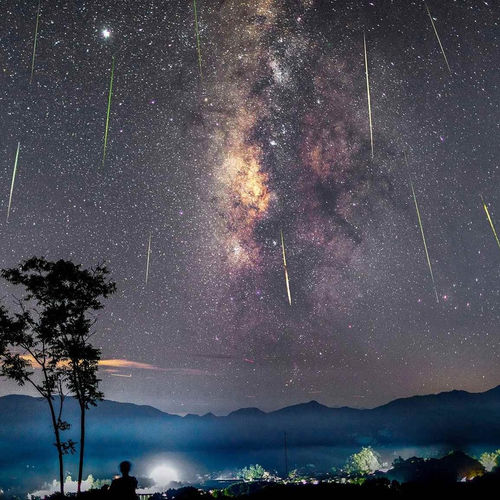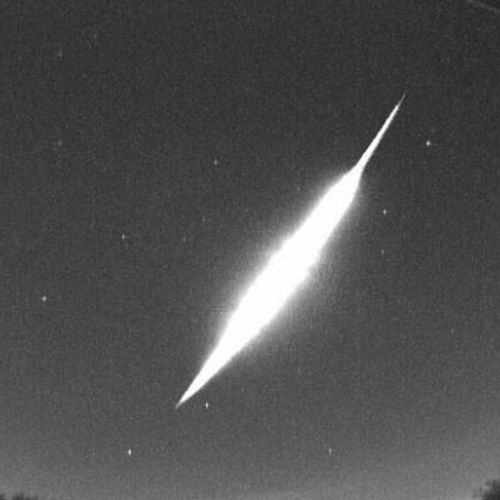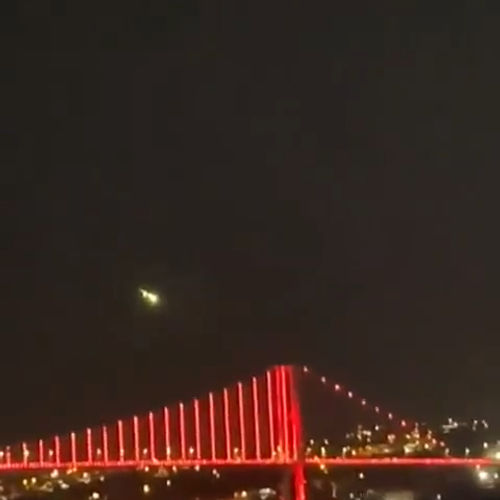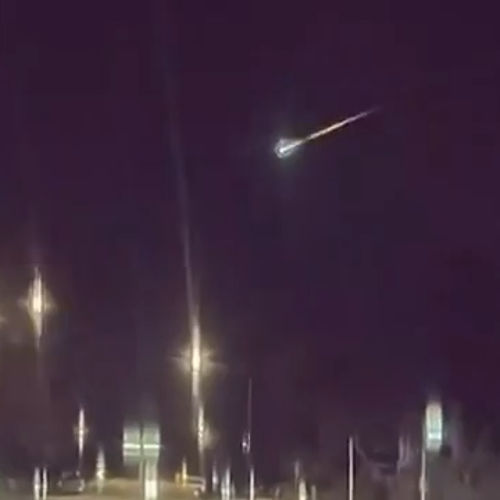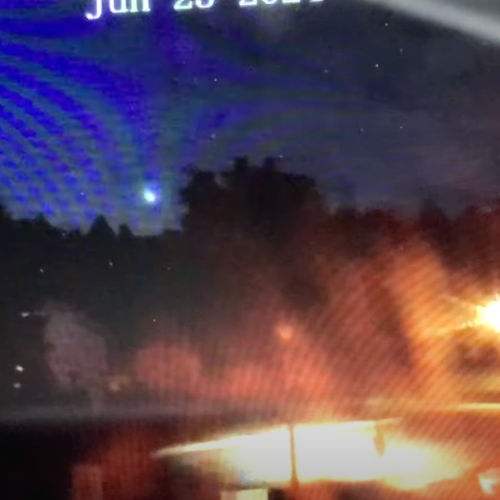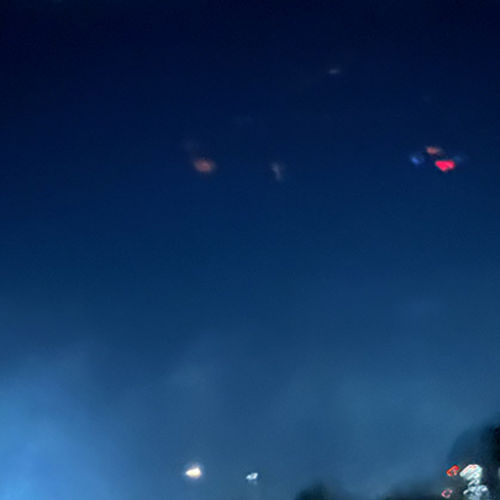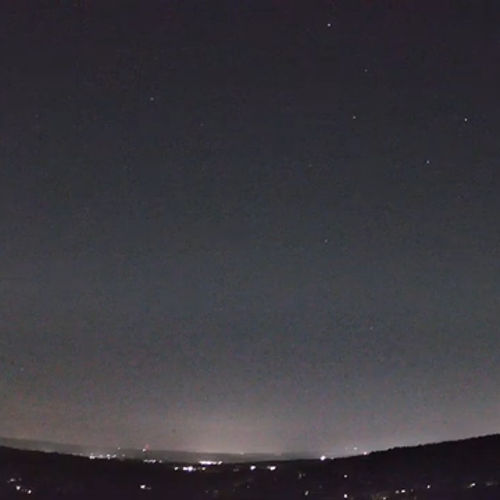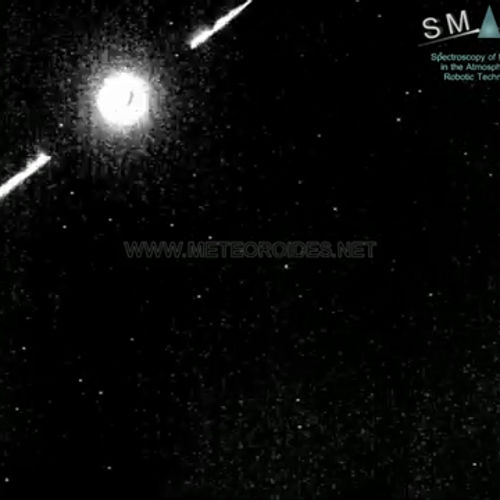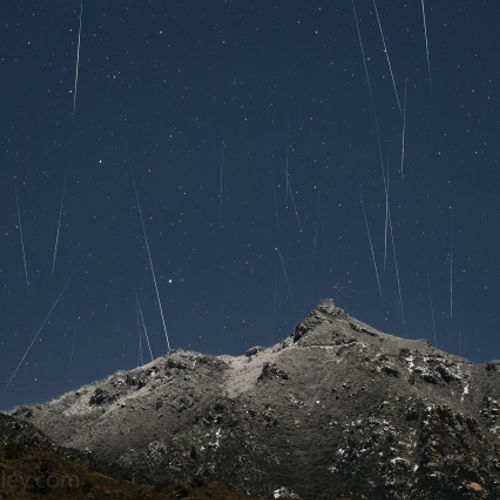
| Added | Sat, 17/12/2022 |
| Источники | |
| Дата публикации | Sat, 17/12/2022
|
| Версии |
On the night of Wednesday, December 14, the Geminid meteor shower reached its peak activity, the conditional source of which, called the radiant, is the constellation Gemini. Photographer John Ashley captured a starfall over Mount Hopkins in the US state of Arizona.
"I pointed the lens at the MMT Observatory The Smithsonian Institution, located on top of a mountain. Within four hours after midnight, I managed to capture 35 meteors, then I combined the images into a single composition," Ashley said.
Geminids are considered fragments of the asteroid Phaeton. The stream is characterized by high saturation. This time, according to forecasts, up to 150 burning meteors per hour were expected. But the waning Moon was bright enough to interfere with observations, which is why the number of visible meteors was half as much as it could have been.
The next Ursida starfall will take place during the winter solstice, from December 21 to 22. It's the longest night of the year.
Новости со схожими версиями
Log in or register to post comments

